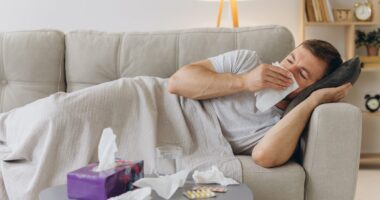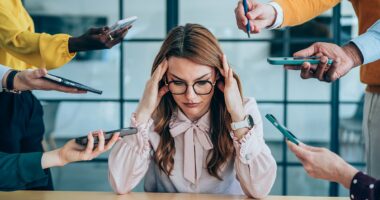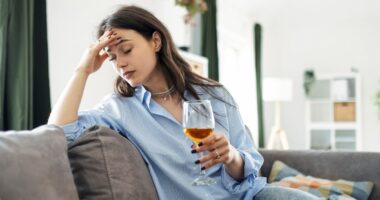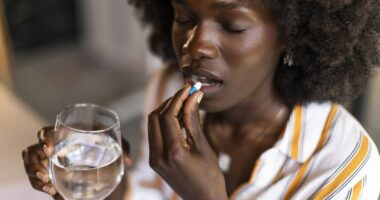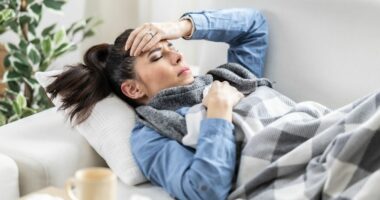Share this @internewscast.com
![]()
This study sheds new light on the intricate workings of proprioception the sense responsible for perceiving the position and movement of our body parts.
Understanding how our brain perceives the position and movement of our body parts known as proprioception is crucial for our ability to move freely and interact with the world. It’s akin to a “sixth sense,” allowing us to navigate without constant visual attention to our limbs. Despite its importance, the intricate mechanisms underlying proprioception remain elusive. In a groundbreaking study led by Alexander Mathis at EPFL, researchers delve into the brain’s processing of proprioceptive signals. Collaborating with experts from Northwestern University, they employ advanced musculoskeletal modeling and neural network analysis to unravel the complexities of proprioceptive processing. Their findings offer unprecedented insights into how our brains integrate sensory information to understand body movement and position, paving the way for future advancements in neuroscience and neuroprosthetics.
Unraveling Brain Mechanisms
A new study led by Alexander Mathis at EPFL delves into how the brain processes proprioceptive signals to create a cohesive sense of body position and movement. Collaborating with researchers from Northwestern University, the study aims to shed light on this intricate process.
Harnessing Musculoskeletal Modeling
The researchers employed musculoskeletal simulators to compute the statistics of distributed sensors in the upper limb, generating a large-scale, naturalistic movement repertoire. This data served as the foundation to train thousands of neural network models on various computational tasks related to proprioception.
Analyzing Neural Network Architectures
By training neural network models on tasks predicting limb position and velocity, the study revealed insights into how our brains integrate muscle spindle input to understand body movement and position effectively. These findings suggest a prioritization of certain computational tasks within the proprioceptive pathway.
Implications For Neuroscience
The study underscores the potential of task-driven modeling in neuroscience, offering a deeper understanding of the underlying computational principles of sensory processing. Unlike traditional methods, which focus solely on predicting neural activity, task-driven models provide insights into the brain’s processing mechanisms.
Future Directions
This research opens new experimental avenues in neuroscience, particularly in neuroprosthetics. A better understanding of proprioceptive processing could lead to advancements in artificial limb control, offering more natural and intuitive interfaces for individuals with limb loss. By elucidating the brain’s proprioceptive mechanisms, this study contributes to the ongoing quest for enhanced neurotechnologies.
Conclusion
In conclusion, the study led by Alexander Mathis and his team at EPFL sheds new light on the intricate workings of proprioception the sense responsible for perceiving the position and movement of our body parts. By employing innovative musculoskeletal modeling and neural network analysis, the researchers uncovered the underlying computational principles of proprioceptive processing in the brain. Their findings emphasize the importance of task-driven modeling in neuroscience, offering valuable insights into how our brains integrate sensory information to understand body movement and position. Moreover, this research opens up new avenues for advancements in neuroprosthetics, potentially leading to more natural and intuitive control of artificial limbs. Overall, the study marks a significant step forward in our understanding of proprioception and its implications for human movement and interaction with the environment.


